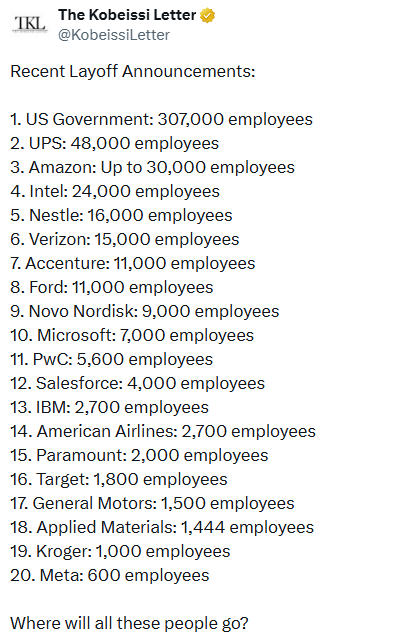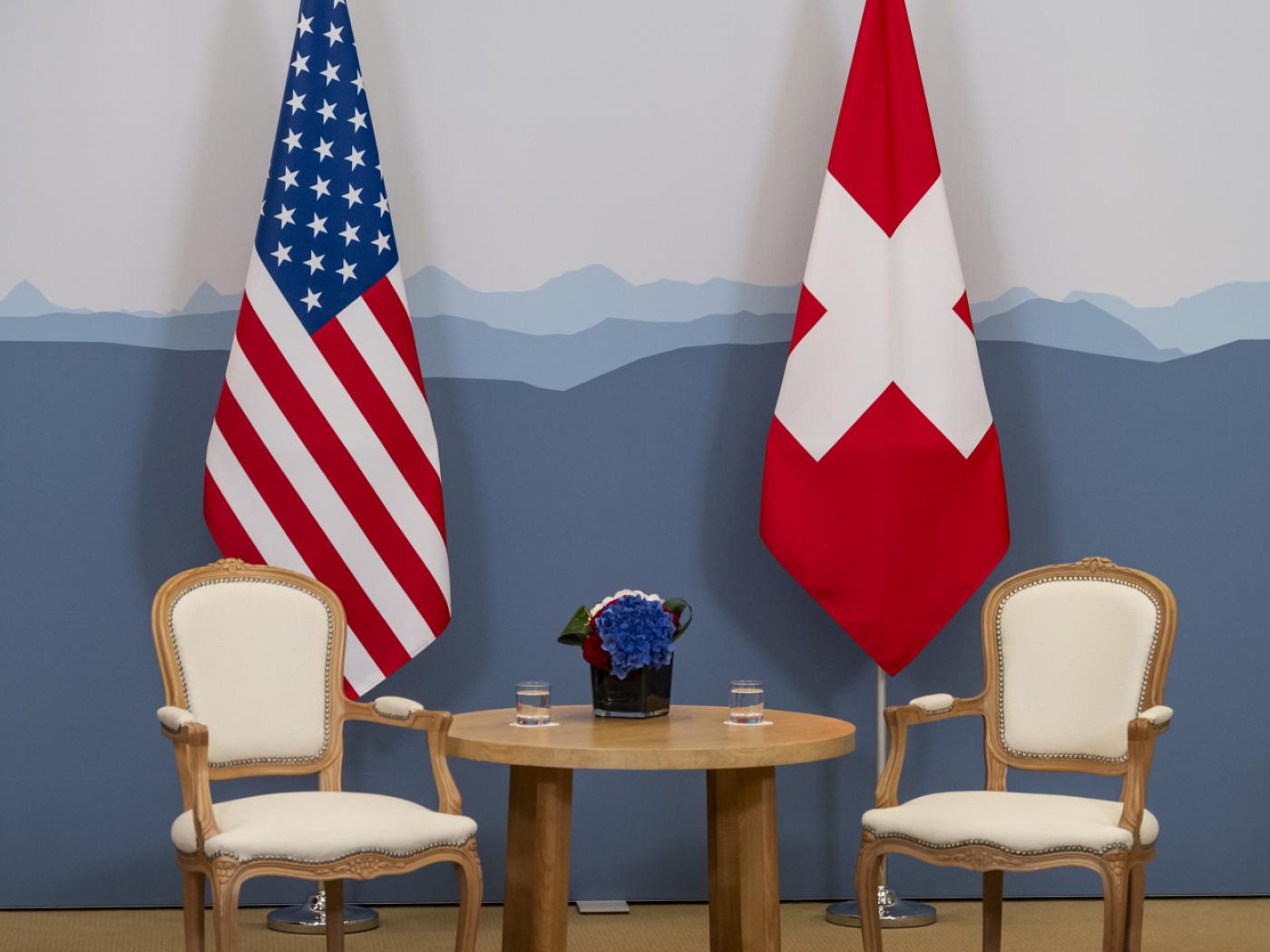 Overview: Interest rates continue to rise, but equities are looking through it today and the dollar is drawing less succor. Asia Pacific equities were mostly higher. With half of Shanghai in lockdown, Chinese equities were unable to join the regional advance. Europe’s Stoxx 600, led by energy and consumer discretionary sectors, is rising for the third consecutive sessions. US futures have a small upward bias. The US 10-year yield is up a few basis points to 2.50%, while the 2-year yield is up around five basis points flattening this part of the curve to less than 10 bp. Europe’s 10-year benchmarks are 8-9 bp higher. The BOJ defended the 0.25% cap of the 10-year bond. The greenback is softer against all the major currencies today but the Swiss franc. The Scandis lead the move. Emerging market currencies are also mostly higher. Leaving aside the Russian rouble, the Hungarian forint and South Korean won are best performers. Gold is softer and appears poised to test last week’s low near $1911. May WTI is consolidating after falling almost 7% yesterday. US natural gas prices are off a little more than 2.5% after falling 1.1% yesterday. Europe’s benchmark is up nearly 4% after jumping 10.6% yesterday. Iron ore and copper are softer. May wheat has steadied after shedding 4.1% Monday.
Overview: Interest rates continue to rise, but equities are looking through it today and the dollar is drawing less succor. Asia Pacific equities were mostly higher. With half of Shanghai in lockdown, Chinese equities were unable to join the regional advance. Europe’s Stoxx 600, led by energy and consumer discretionary sectors, is rising for the third consecutive sessions. US futures have a small upward bias. The US 10-year yield is up a few basis points to 2.50%, while the 2-year yield is up around five basis points flattening this part of the curve to less than 10 bp. Europe’s 10-year benchmarks are 8-9 bp higher. The BOJ defended the 0.25% cap of the 10-year bond. The greenback is softer against all the major currencies today but the Swiss franc. The Scandis lead the move. Emerging market currencies are also mostly higher. Leaving aside the Russian rouble, the Hungarian forint and South Korean won are best performers. Gold is softer and appears poised to test last week’s low near $1911. May WTI is consolidating after falling almost 7% yesterday. US natural gas prices are off a little more than 2.5% after falling 1.1% yesterday. Europe’s benchmark is up nearly 4% after jumping 10.6% yesterday. Iron ore and copper are softer. May wheat has steadied after shedding 4.1% Monday.
Asia Pacific
The Bank of Japan bought JPY528.6 bln of its 10-year bond as it continued to defend the 0.25% cap of its Yield Curve Control policy. It has pre-committed to buying an unlimited amount of the bond tomorrow and Thursday. However, it is allowing the longer end of the curve to rise. For example, the 30-year yield rose for the fifth consecutive session and is up 10 bp this week to 1.07%, a new six-year high. It finished last month slightly below 0.90%. Still, many participants do not think Japan’s efforts are sustainable and recall the dramatic moves when the Reserve Bank of Australia gave up its cap on the three-year bond last year.
The weaker yen helps the Japanese economy and boosts corporate earnings. A BOJ study out a couple of months ago estimated that a 10% depreciation of the yen boosts GDP by 1%. A separate report by a Japanese research group found that a 10-yen appreciation of the dollar boosted operating profits by JPY1.5 trillion (~$12 bln). Yesterday, a government spokesperson cautioned against rapid movements and the MOF’s Kanda reportedly talked to the Baukol, the US Under-Secretary for International Affairs about a range of issues including the foreign exchange market. The primary drag on the yen is coming from the economic divergence that is being reflected in contrasting monetary policy. The US’s likely concern is that Japan takes advantage of the situation. Tokyo officials’ expressions of concern about rapid moves or that they are watching the fx market may be a way to show it is not adding fuel to the fire. Separately, and unrelated, Japan reported an unexpected decline in February unemployment to 2.7% from 2.8% and small upticks in the job/applicant ratio to 1.21 from 1.20.
Australia’s February retail sales rose 1.8%, twice the median forecast in Bloomberg’s survey. It overshadowed the small downward revision in the January series from 1.8% to 1.5%. Recall that the Covid-related restrictions led to a sharp 4.1% slump in December retail sales. Retail sales stand 9.1% above a year ago, the strongest in 10 months. The consumer is recovering smartly as are jobs. The central bank meets next week (April 5) and is gradually recognizing it will likely have to raise rates this year. The market has the first move priced in for June and has around 180 bp of tightening discounted this year. Meanwhile, the government is submitting a stimulative budget which is seen as part of the campaign for the national election that must be held by May 21.
The dollar traded in a three-yen range yesterday and today it has traded in a little more than a one-yen range (~JPY123.10-JPY124.30). We had noted that back in 2015, BOJ Governor Kuroda seemed to have drawn a line around JPY125 (it peaked near JPY125.85 then) and the market has become cautious around it. Look for more consolidation. A break of JPY123 could see JPY122. The Australian dollar reached $0.7540 yesterday before briefly dipping below $0.7470. It is consolidating in yesterday’s range. The bulls are seeing if it can re-gain a foothold above $0.7500. The US dollar slipped to CNY6.3645 before recovering back above CNY6.3700. The PBOC set the dollar’s reference rate again weaker than the Bloomberg survey projected (CNY6.3640 vs. CNY6.3661). The market is concerned that the lockdown in Shanghai, following other cities, will weaken the economy and disrupt supply chains, despite the announcement of tax rebates and low interest rate loans.
Europe
Russia-Ukraine are talking in Turkey today. There are hopes for a ceasefire, but the lack of trust on both sides is palatable. Observers remain unsure of Russia’s war aims. The Ukrainian government appears willing to accept that it will not join NATO, but refuses to recognize any loss of territory, and of course refuses to resign. Reports suggest Russia is holding out the possibility that a de-militarized Ukraine could join the EU. The cost of rebuilding Ukraine is not one that Russia wants to bear. Claiming that Putin is a war criminal makes good politics, and there is little doubt that he has violated international norms, however, neither Russia nor the US (nor China) are members of the International Court of Justice, which has no jurisdiction over non-members. Still, calling Putin a war criminal makes its difficult to negotiate with him and is consistent with seeking regime change, even if that is not the declaratory policy.
Russia’s invasion of Ukraine appeared to remove some political pressure on UK Prime Minister Johnson, and at least one Tory MP retracted his letter calling for a leadership challenge. Johnson is back in the hotseat, however, as the London police are set to issue to 20 fines to government officials for violating the Covid restrictions. The Prime Minister is not expected to be fined personally, though he attended the parties, claiming he thought they were work events. Still, Labour is calling for him to take responsibility and resign. The next major political hurdle for the Prime Minister is the May local elections.
The euro has risen back above the $1.10-level, which holds nearly 8 bln euros of expiring options between today and Thursday. Last week’s high was near $1.1070 but had been capped near $1.1040-$1.1045 more recently. After a consolidative session in Asia, early European activity saw it bid to around $1.1035, apparently on hopes of a ceasefire. Macron and Putin will reportedly talk later today, and the Kremlin is calling for US-Russian talks despite the “personal insults.” The next day or two could prove pivotal in the negotiations. Sterling extended yesterday’s nearly one-cent decline and fell to nearly $1.3050 before finding a bid. It recovered to $1.3100. A move above the $1.3115 area could spur a move toward $1.3150-$1.3160 where is peaked in North America yesterday. The UK’s February consumer credit was stronger than expected but mortgage lending weaker. The serious squeeze on the cost-of-living is raising concern that the UK economy is recession-bound.
America
The US reports house prices and the JOLTS report on job openings. Federal Reserve Governor Waller estimates that the Fed’s purchases of mortgage-backed securities lowered house-loan costs by around 40 bp. The S&P Corelogic CS index of house prices rose 18.84% in the 12-month period through January. The JOLTS estimate of jobs opening will remain elevated even off from the 11.26 mln seen in January. After the University of Michigan reported a significant drop in consumer confidence, the Conference Board’s measure today will be closely watched. The Fed’s Williams, Harker, and Bostic speak, as well. Meanwhile, the FY23 budget proposed by the White House yesterday looks dead on arrival as Senator Manchin was opposed.
Canada and Mexico have light economic calendars today. Yesterday, Canada reported a decline in consumer confidence, but the swaps market has a 50 bp hike by the Bank of Canada at its April 13 meeting fully discounted. Mexico reported a $1.29 bln February trade surplus yesterday. The median forecast in Bloomberg’s survey anticipated a $226 mln deficit. Still, Mexico’s trade balance appears to be deteriorating. First, the February balance has improved over January for the past several years. Second, the January deficit of $6.3 bln compares with a $1.2 bln deficit in January 2021. February surplus was half of the February 2021 surplus.
Chile’s central bank is expected to hike its target rate by 175 bp today to 7.25%. February’s CPI stood at 7.8% year-over-year. Wages in January were 7.5% above year ago levels. Growth in Q4 21 was a solid 1.8% quarter-over-quarter The dollar has fallen for the past three weeks against the Chilean peso. The peso is up 7.3% year-to-date after depreciating by 16.5% last year.
The Canadian dollar snapped a nine-day advance yesterday but has come back bid today. The greenback topped out just shy of CAD1.2600 yesterday and settled near CAD1.2520. It is back near yesterday’s low in the European morning below CAD1.2500. The low from the end of last week was near CAD1.2465. The low for the year was set in January by CAD1.2450. The 11-day advance in the Mexican peso was snapped yesterday, and it is consolidating so far today. The US dollar high yesterday was almost MXN20.19. Today, the greenback has not been above MXN20.1375. Last week’s low was near MXN19. 9125.
Full story here Are you the author? Previous post See more for Next postTags: #USD,Chile,Currency Movement,Featured,Japan,newsletter,Russia,U.K.,Ukraine































